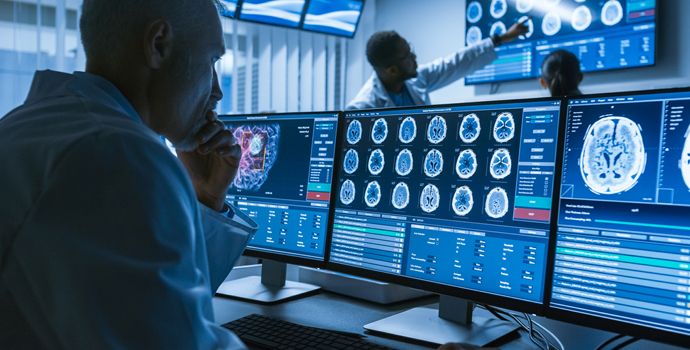While there is a range of severity, Traumatic Brain Injuries (TBIs) are common and serious injuries resulting from motor vehicle accidents. TBIs can jeopardize your health and well-being in addition to having a dramatic impact on your quality of life. If you have sustained head trauma in a motor vehicle accident, you should be aware of the possibility that you sustained a TBI and what this can mean for your personal injury claim.
Motor Vehicle Accidents and Traumatic Brain Injuries
In a motor vehicle accident, a driver or passenger is often pushed forward or sideways by the force of impact. This, in turn, can cause a person to hit their head on part of the car, such as the dashboard or window. Head trauma can lead to a closed TBI. While TBIs are not visible, they can be very serious. This can be especially troubling considering TBIs can go undiagnosed without proper monitoring.
You see, TBI symptoms do not always present immediately following an accident. In fact, symptoms can take days or even weeks to present. By then, the accident victim may not draw the connection between the symptoms and the crash. As a result, the injury victim may not get the medical care needed to address the TBI. Additionally, the TBI may be omitted from any personal injury claim the accident victim pursues.
Sustaining a TBI can have drastic consequences on a person’s life and omitting a TBI from a personal injury claim means that not only will the accident victim not be properly compensated for harm suffered as a result of the TBI, but the accident victim will be responsible for paying any costs associated with the TBI. This is a big reason why, following an accident, a person should be careful to monitor potential TBI symptoms and always notify their doctor should any TBI symptoms present, whether it be immediately following the accident or even weeks later.
To help you monitor potential TBI symptoms, here are some such symptoms you should be on the lookout for:
- Clear fluid draining from ears or nose
- Coordination difficulty
- Depression
- Dilated pupils
- Difficulty walking
- Excessive sleep
- Irritability
- Light sensitivity
- Memory loss
- Mood changes
- Nausea
- Personality changes
- Seizures
- Sound sensitivity
- Trouble forming sentences or thoughts
- Violent outbursts
- Vomiting
If you are experiencing any of these symptoms, be sure to report them sooner rather than later. You may be unsure as to what these symptoms may mean, but it is always best in these situations to be better safe than sorry. Talk to your doctor about any physical or behavioral changes you may be experiencing after suffering head trauma in an accident. Your doctor can document these things and also order neurological examinations and brain imaging scans to reveal any potential surface damage to the brain.
Talking to your doctor about your TBI symptoms will help ensure that your injury is properly documented in medical records to support your personal injury claim. It may also be a good idea to keep a journal documenting any symptoms you may be experiencing as well as any impacts your TBI may be having on your life. This can all go to substantiating your personal injury damages claim as well as helping your doctor properly diagnose you.
Philadelphia Personal Injury Attorneys
Have you sustained head trauma in a motor vehicle accident? Do not delay in seeking immediate medical care as well as consistent follow-up care. Take care of yourself and let the team at Cooper, Schall & Levy take care of pursuing your right to full and fair compensation for your injuries. Contact us today.








